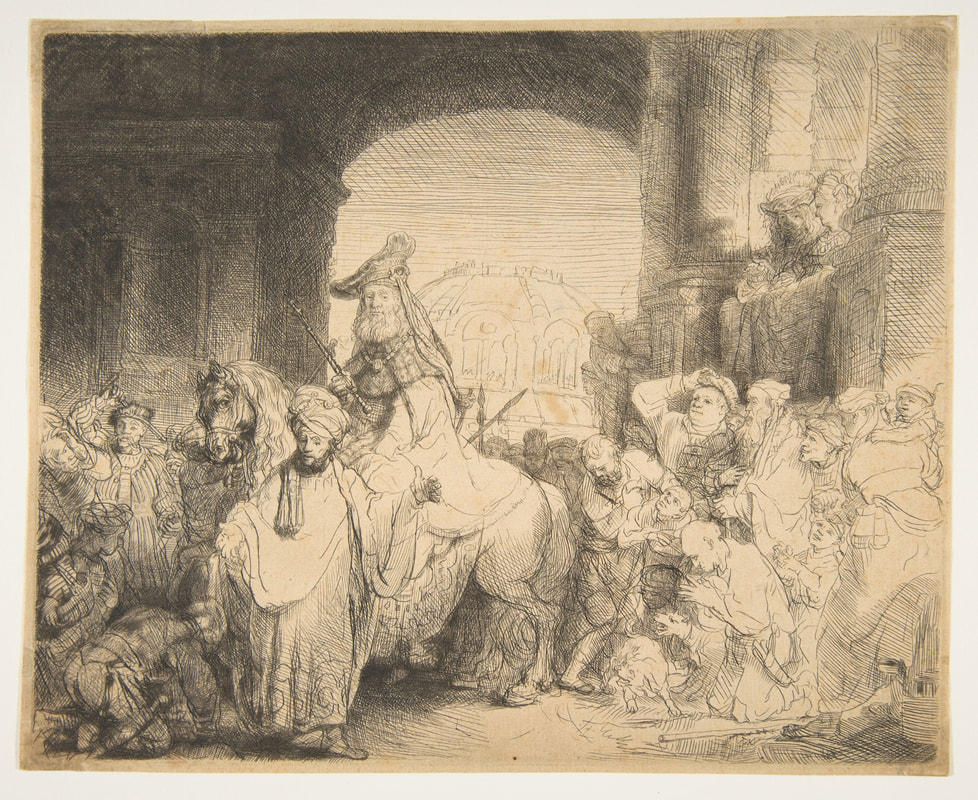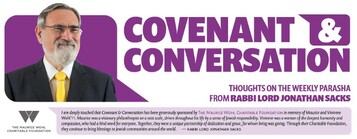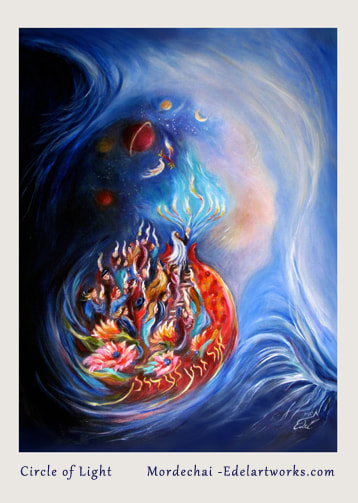THE EDEL ARTIDOTE PROJECT
[Written by an anonymous distinguished community patron ]
To our honourable community and fellow art collectors,
May G-d bless our greater community to embrace Edel's "Artidote" project
as his art aspires to illuminate our homes with happiness and joy.
We thank Ted Chernecki of Global News
for encouraging Mordechai Edel
to counter tragedy and darkness with the "Artidote " idea
after interviewing Edel regarding his life changing story.
In recent years Edel and his wife were bilked of
the majority of their life savings totalling $500,000
as a result of a malicious felony
by a well known "highly recommended"
government licenced financial advisor.
Inadequate Canadian government licencing,
procrastinating RCMP investigations
and bungled bureaucratic securities commissions
have swept away any hope for recompense and recovery.
Although it may seem that the Edel's earthly lives
have been ruined Mordechai believes that
the Almighty has challenged his paintbrush
to bring blessings in disguise through his "Artidote " project
to elevate passionate optimism, joy and happiness not just
for the Edels and their supportive art collector clientele
but most importantly to bring light & joy to people
who G-d forbid may struggle to survive with far worse situations.
In some remarkable way of faith the Edels believe that
the $500,000 stolen from them
must only be an investment for the good !!!
Ted Chernecki inspired the Edels to move forward
and embrace life
with the gift of art that G -d gave him !
=======
Dear friends and collectors of fine art, although today’s
economy presents a formidable challenge ,
to paraphrase the Beatles and former Prime Minister Harper,
"With A Little Help From My Friends " ,
together we may all be uplifted.
As a result we invite you and friends
to share this opportunity to commission a work of art
or host a private art reception
to share the joy and blessings of Edel's amazing fine art.
======
In return for participating in Edels “Artidote” project
Mordechai prays that the Almighty bless you and yours
with abundant good news, health and happiness
and look forward to hearing from you very soon.
Mordechai may be contacted via his website
www.edelartworks.com
[Written by an anonymous distinguished community patron ]
To our honourable community and fellow art collectors,
May G-d bless our greater community to embrace Edel's "Artidote" project
as his art aspires to illuminate our homes with happiness and joy.
We thank Ted Chernecki of Global News
for encouraging Mordechai Edel
to counter tragedy and darkness with the "Artidote " idea
after interviewing Edel regarding his life changing story.
In recent years Edel and his wife were bilked of
the majority of their life savings totalling $500,000
as a result of a malicious felony
by a well known "highly recommended"
government licenced financial advisor.
Inadequate Canadian government licencing,
procrastinating RCMP investigations
and bungled bureaucratic securities commissions
have swept away any hope for recompense and recovery.
Although it may seem that the Edel's earthly lives
have been ruined Mordechai believes that
the Almighty has challenged his paintbrush
to bring blessings in disguise through his "Artidote " project
to elevate passionate optimism, joy and happiness not just
for the Edels and their supportive art collector clientele
but most importantly to bring light & joy to people
who G-d forbid may struggle to survive with far worse situations.
In some remarkable way of faith the Edels believe that
the $500,000 stolen from them
must only be an investment for the good !!!
Ted Chernecki inspired the Edels to move forward
and embrace life
with the gift of art that G -d gave him !
=======
Dear friends and collectors of fine art, although today’s
economy presents a formidable challenge ,
to paraphrase the Beatles and former Prime Minister Harper,
"With A Little Help From My Friends " ,
together we may all be uplifted.
As a result we invite you and friends
to share this opportunity to commission a work of art
or host a private art reception
to share the joy and blessings of Edel's amazing fine art.
======
In return for participating in Edels “Artidote” project
Mordechai prays that the Almighty bless you and yours
with abundant good news, health and happiness
and look forward to hearing from you very soon.
Mordechai may be contacted via his website
www.edelartworks.com
"TheTriumph of Mordechai" by Rembrandt












